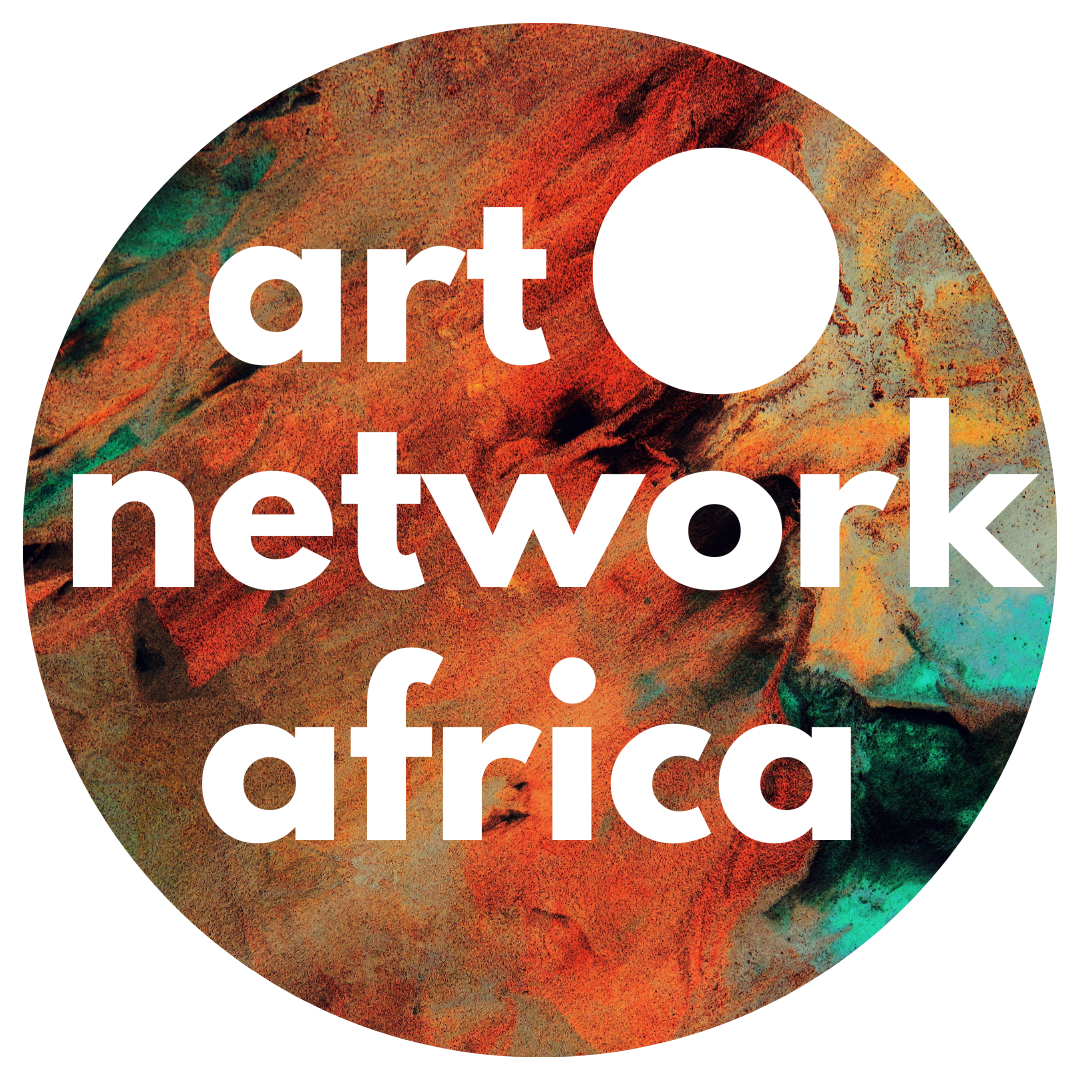The upcoming Aichi Triennale 2025, set from the 13th of September to the 30th of November in Japan, promises a reformative global dialogue on contemporary art. Under the evocative theme A Time Between Ashes and Roses—a nod to Adonis’s 1970 poem—the festival goes beyond mere traditional national narratives, inviting diverse perspectives that reimagine our connection to time, nature and society. Among the 60 selected artists, a powerful contingent from Africa brings distinct voices and innovative practices to the international stage. Here’s a closer look at five remarkable African artists featured in this year’s Triennale.
- John Akomfrah
John Akomfrah, born in 1957 in Accra, Ghana, and now based in London, is a renowned filmmaker and artist. His work deals with themes of memory and the experiences of migrant communities. Akomfrah is celebrated for his layered explorations of post-colonialism, climate crisis and diasporic experiences. His multi-channel films, such as those shown at the 2024 Venice Biennale and the Smithsonian National Museum of African Art, blend archival footage, nature imagery, and urgent narratives to confront themes of displacement and ecological fragility.

Image courtesy of Smoking Dogs Films, Lesson Gallery
As a founding member of the Black Audio Film Collective, Akomfrah blends archival footage with contemporary narratives, creating powerful visual experiences. At Aichi Triennale 2025, his work will resonate with the Triennale’s theme, which invites reflection on humanity’s relationship with time and earth.
- Hive Earth
Hive Earth, established in 2017 in Accra, Ghana, is a collaborative studio focused on sustainable design and construction through architecture and sculpture. They specialise in using locally sourced materials, particularly rammed earth, to create functional and artistic structures. With local and non-toxic materials, they craft structures that harmonise with nature while challenging industrial norms.

Image courtesy of Sharjah Architectural Trienial.
Their projects reflect a commitment to ecologically sound practices while celebrating the beauty of natural materials. At the Aichi Triennale 2025, Hive Earth will lead a rammed earth project, inviting visitors to engage with the artistry of sustainable building techniques embodying the festival’s call for “geological views of time” over short-term environmental exploitation.
- Kamala Ibrahim Ishag
A pioneer of Sudan’s Khartoum School, Kamala Ibrahim Ishag’s bold, abstract works confront gender inequality and spiritual duality. Her paintings and drawings, infused with Sudanese Zar rituals and natural forms, challenge societal constraints on women’s autonomy.

Image courtesy of Shanavas Jamaluddin, Sharjah Art Foundation
Her art often features distorted figures that convey complex emotions and social commentary, and explores themes of spirituality and women’s experiences. With a career spanning six decades, Ishag’s inclusion honors her legacy as a trailblazer—her work now part of the Museum of Modern Art’s (MoMA) collection and a recipient of the Prince Claus Award.
- Wangechi Mutu
Kenyan artist Wangechi Mutu’s surreal collages and sculptures depict hybrid female figures navigating worlds of beauty and brutality. Her work critiques colonialism, gender norms, and environmental decay, as seen in her 2023 solo show at the New Museum.

Her work invites viewers to reconsider notions of femininity and cultural identity. Recent exhibitions include shows at the New Museum and the Sharjah Biennial. At Aichi, Mutu’s fantastical yet critical visions will mirror the theme’s tension between “ashes” and “roses”—a reminder of both destruction and hope.
- Faustin Linyekula
Faustin Linyekula, born in 1974 in Kisangani, Congo, is a versatile artist who uses dance, theater and visual arts to tell compelling stories. A choreographer and founder of Congo’s Studios Kabako, a space dedicated to fostering artistic collaboration and training, Faustin Linyekula uses movement and storytelling to explore post-conflict healing and cultural identity. His performances, such as “My Body, My Archive,” blend personal and collective memory, often staged in spaces like the Tate Modern. Linyekula’s work reflects the rich cultural heritage of his homeland and has been presented in venues worldwide, including MoMA in New York.

Image courtesy of Sarah Imsand.
These artists reflect the Triennale’s ethos of bridging continents and traditions. The festival, held every three years since 2010, has long championed diversity, and this edition’s African contributors exemplify its mission to “transcend genre boundaries”.
Speaking on the artist selection, Artistic Director Hoor Al Qasimi stated: “I am excited to work with such a strong lineup of artists for the Aichi Triennale 2025. Through this exhibition, we will explore the complex tensions between humanity and the environment from multiple perspectives. Art, as a multifaceted form of expression, is deeply intertwined with society’s challenges. By engaging with it, we can reflect on the world around us and uncover new insights and solutions to our most pressing crises.”


